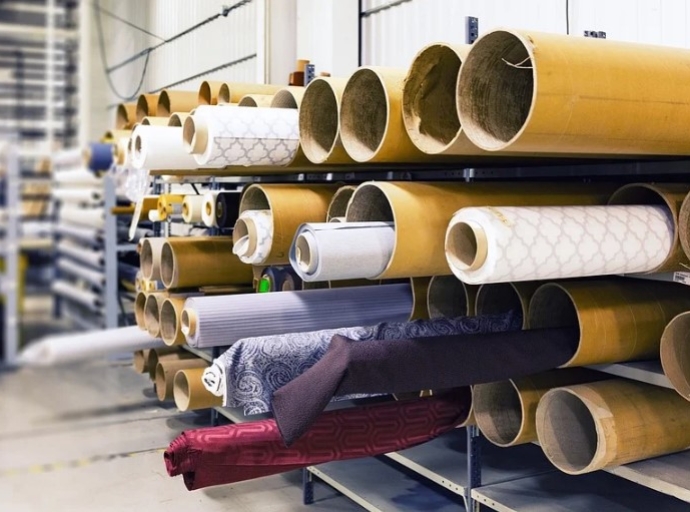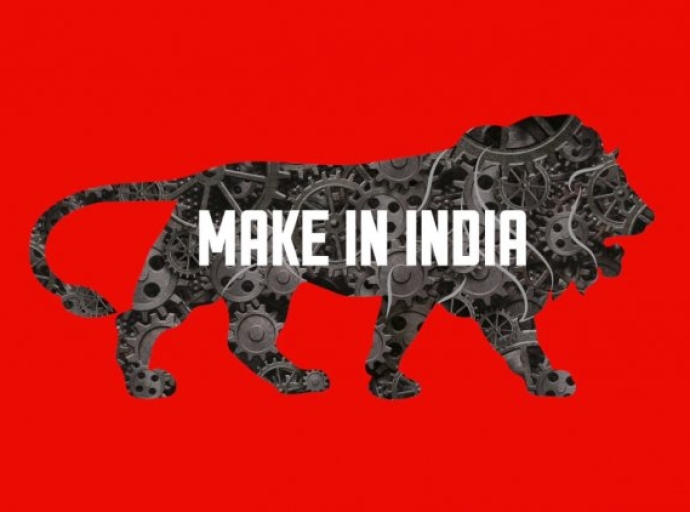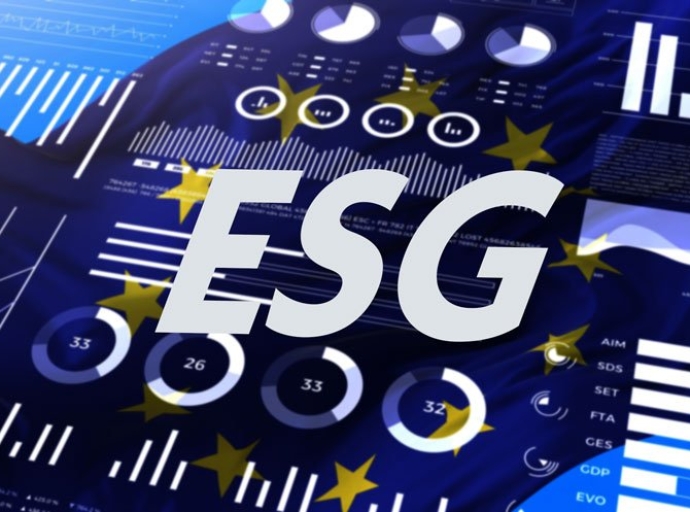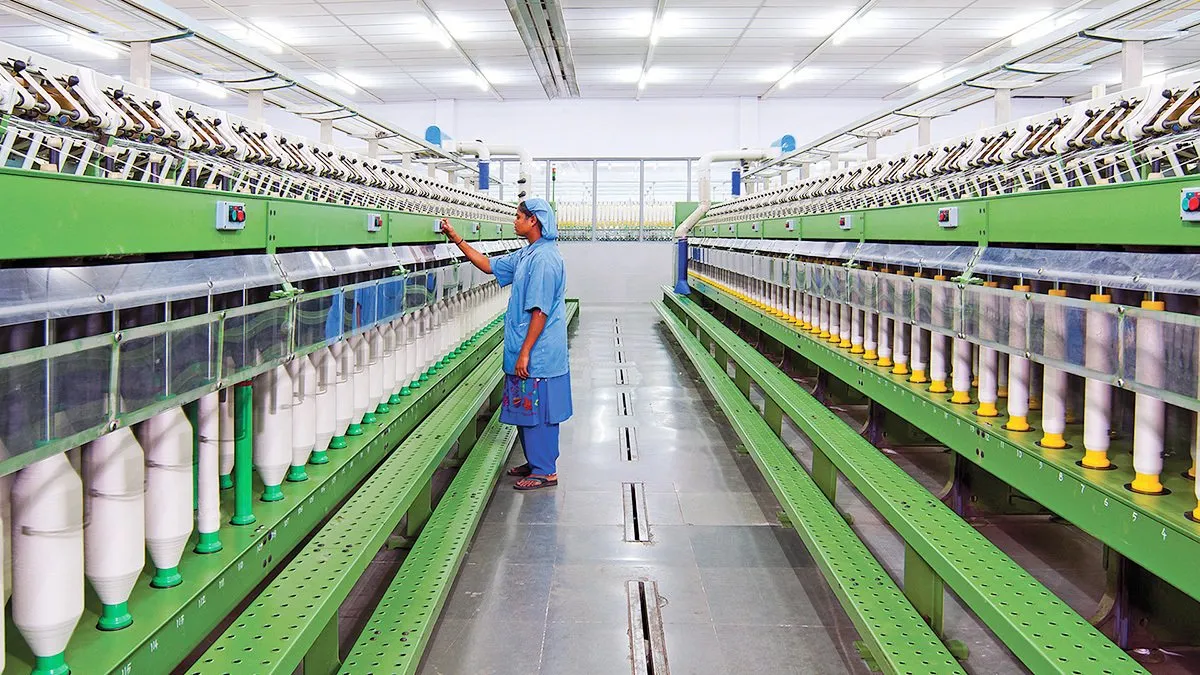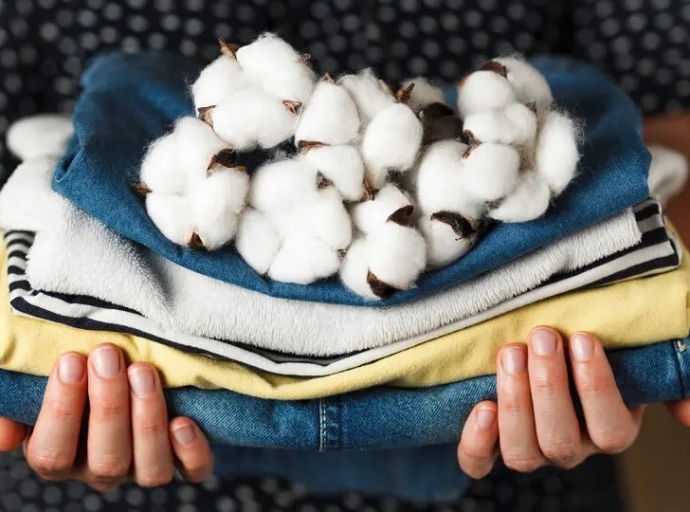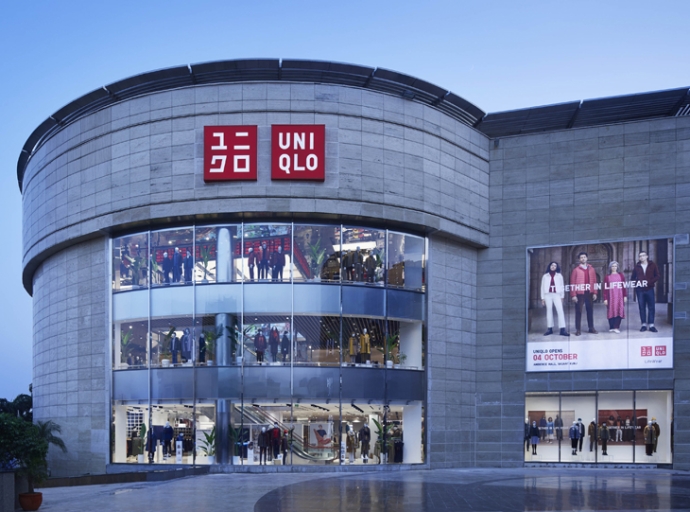11 July 2023, Mumbai
China's spandex exports witnessed a significant drop of approximately 30% or 6,758 tons on an annual basis to 17kt in the first quarter of 2023, as per China customs data. The export unit price also decreased by $3.999/kg to US$5.193/kg compared to the previous year.
The global textile industry faces a challenge as spandex prices drop significantly, impacting both manufacturers and consumers. Adaptation becomes crucial.
Spandex Industry's Response to Evolving Textile Market
The textile industry is currently encountering various obstacles, including a decline in new orders and inflation. However, the spandex sector is rising to these challenges by implementing sustainable practices and introducing innovative solutions.
As indicated by Wood Mackenzie, there are three significant challenges that will impact the spandex industry in 2020.
The first challenge arises from the disruptive effects of the Covid-19 pandemic, which have caused growth patterns to reverse. This has necessitated the spandex industry to reassess its strategies and adapt to the changing market conditions.
The third challenge revolves around the growing demand for sustainable textiles and apparel.
Exports Witness Drop
However, monthly spandex exports showed a slow recovery, with noticeable growth in March after being affected by the Spring Festival celebrations in January and February. Despite the recovery, spandex exports in Q1 2023 remained considerably lower than in the same period in the past two years and were similar to Q1 2019 levels.
View on China exports
Turkey, Vietnam, South Korea, and Egypt were the primary destinations for China's spandex exports, accounting for 48.2% of the total. However, Turkey's imports from China witnessed a substantial decline of 64% in Q1 2023, while Vietnam's imports increased by 89.1%.
Datapoints; On the other hand, spandex imports to China experienced a remarkable surge of 86.2% on an annual basis, reaching 9,010 tons in Q1 2023. The import unit price declined significantly by $5.602/kg to US$5.784/kg compared to the previous year.
Vietnam, Singapore, and South Korea were the major import origins, with Vietnam's imports alone increasing by 5,350 tons in Q1 2023, driving spandex imports to a five-year high.
Driving Atmanirbhar Bharat:
The government has implemented numerous significant reforms and taken proactive policy measures to transform Atmanirbhar Bharat into a tangible reality and establish India as a highly competitive global manufacturer.
It has recently announced the removal of antidumping duty on a wide range of man-made fibers and their raw materials, including PTA, MEG, PSF, VSF, acrylic fibers, and now elastomeric filament yarn.
The global textile industry faces challenges
Globally, the textile and apparel industries faced challenges, including a decrease in new export orders since Q4 2022 due to factors like high inflation outside China and interest rate hikes, which also impacted Vietnam.
Consequently, Vietnamese fabric mills experienced a sharp decline in orders, leading to a decrease in textile and apparel exports.
In Vietnam, local consumption of spandex also declined, resulting in some being exported to China.
The Vietnam Textiles and Clothing Association reported that textile and clothing exports reached US$3.298 billion in March 2023, indicating an 18.11% increase from the previous month but a 12.91% decrease compared to the same period last year.
Declining spandex consumption
The industry is expected to face difficulties in the second quarter due to a significant decline in purchasing power in markets such as the US and the EU, resulting in a lack of new orders in April. China's spandex exports have already shown a decline in the first two months of 2023, according to China customs data.
During the Jan-Feb period, the total spandex exports amounted to 10.5kt, reflecting a decline of 36.4% or 5,993 tons compared to the same period last year.
The export unit price also decreased by $4.162/kg on an annual basis, reaching $5.182/kg. In January 2023, spandex exports reached 4,831 tons, showing an 8.2% monthly increase but a significant 42.8% decrease compared to the same month in the previous year.
Declining purchasing power
The export unit price in Jan-Feb was $5.244/kg, slightly up by $0.006/kg compared to the previous month. In February, the total amount of spandex exports increased to 5,645 tons, representing a 16.9% rise from the previous month but a 29.7% YoY decline. The export unit price in February was $5.128/kg, showing a monthly decrease of $0.116/kg.
Although spandex was exported to 85 nations or regions in Jan-Feb, marking an increase of 8 compared to the same period last year, the top four nations, namely Turkey, South Korea, Vietnam, and Egypt, still accounted for 47.3% of the total exports.
Exports to Pakistan, Taiwan (China), Mexico, Italy, and South Korea declined, while exports to Uzbekistan, Malaysia, and the Netherlands increased by 100-200 tons.
Reflecting the global economic slowdown
Diminishing global trade; The decline in spandex exports can be attributed to the global economic slowdown and diminishing global trade, which have affected the textile and apparel industry in emerging markets like India and Vietnam. In early 2023, several large shoe factories in Vietnam downsized due to inadequate orders.
Earthquakes and falling demand from Europe and the US also led to a 66.3% decline in spandex exports to Turkey, amounting to 4,868 tons in Jan-Feb 2023, which was the second-lowest export rate in the past five years, surpassing only Jan-Feb 2020. The foreign exchange shortage in Pakistan has also impacted spandex exports to the country.
Versatility is key to category growth
Chinese exporters shifted their focus to neighboring Bangladesh due to payment problems in Pakistan, resulting in a rebound in exports to Bangladesh since February.
Moreover, exports to India witnessed medium-digit growth YoY. Persistence Market Research predicts that the global spandex market will reach $9,100.0 million by 2023, with a steady growth rate of 8.3%. By 2033, the market is expected to soar to $20,198.8 million.
Spandex or elastane has gained popularity due to its exceptional stretch and recovery properties, finding applications in clothing, sportswear, swimwear, and more.
Spandex Industry Confronts Challenges and Embraces Sustainability and Innovation
The industry faces challenges such as fluctuating raw material prices and environmental concerns.
The Asia Pacific region leads the spandex market, followed by North America and Europe. The industry trends include adopting sustainable practices, developing smart textiles, customization, and technological innovations.
Recent developments in the industry focus on sustainable fibers, enhanced products, and collaborations to provide innovative solutions.
Lack of innovations
Another challenge stems from a lack of yarn innovation, which poses a potential risk of commoditization. As spandex transitions away from its specialized niche, the industry needs to prioritize innovation in order to maintain its competitive edge and prevent becoming a commodity.
Sustainability is no longer an option
Consumers are increasingly seeking environmentally-friendly options, and this trend extends to the textile industry as well.
In response, the spandex sector is actively embracing sustainable practices, such as incorporating recycled materials and implementing eco-friendly production processes.
By addressing these challenges head-on and adopting sustainable practices and innovative solutions, the spandex industry is poised to overcome the obstacles and thrive in the evolving textile market.

